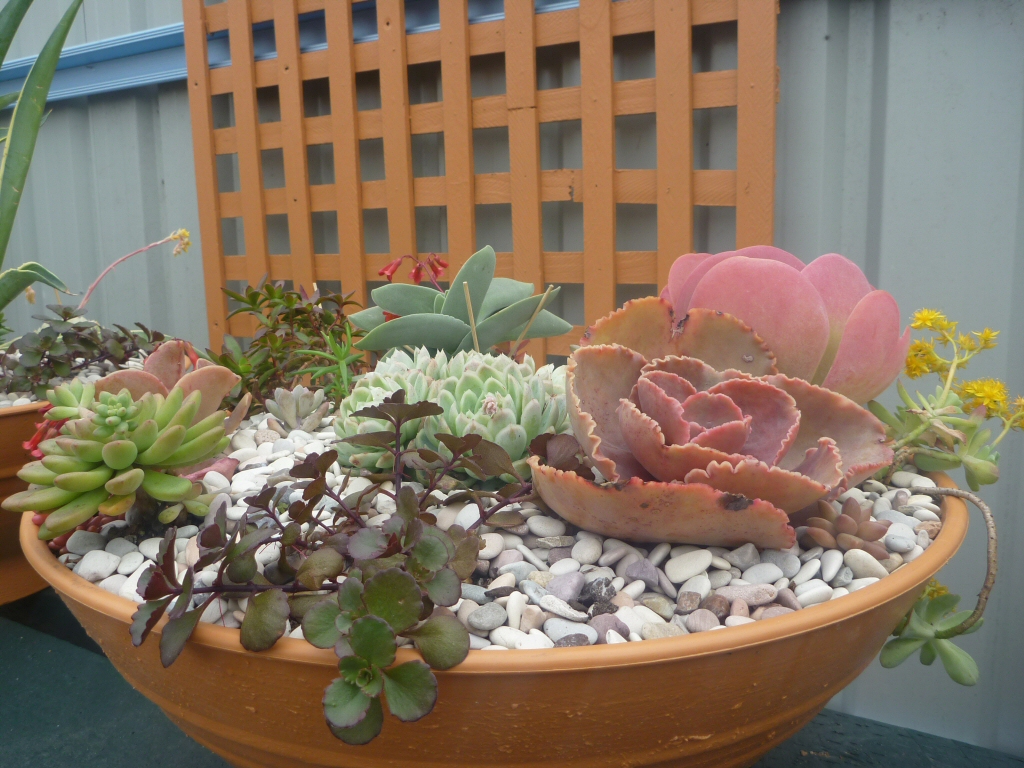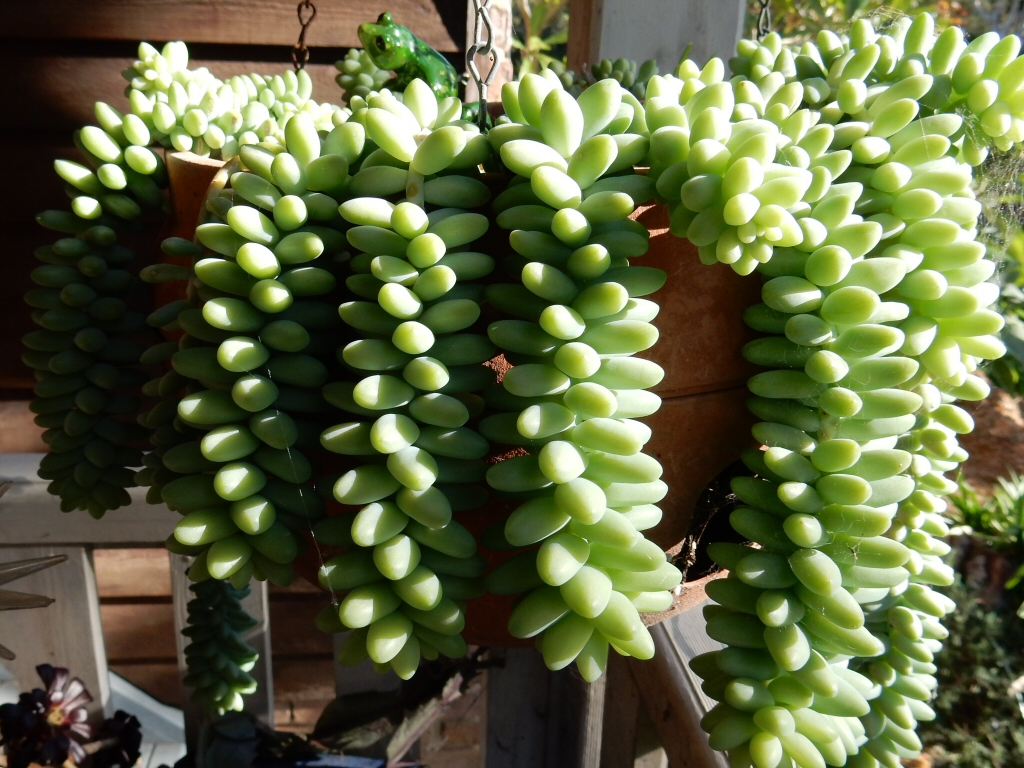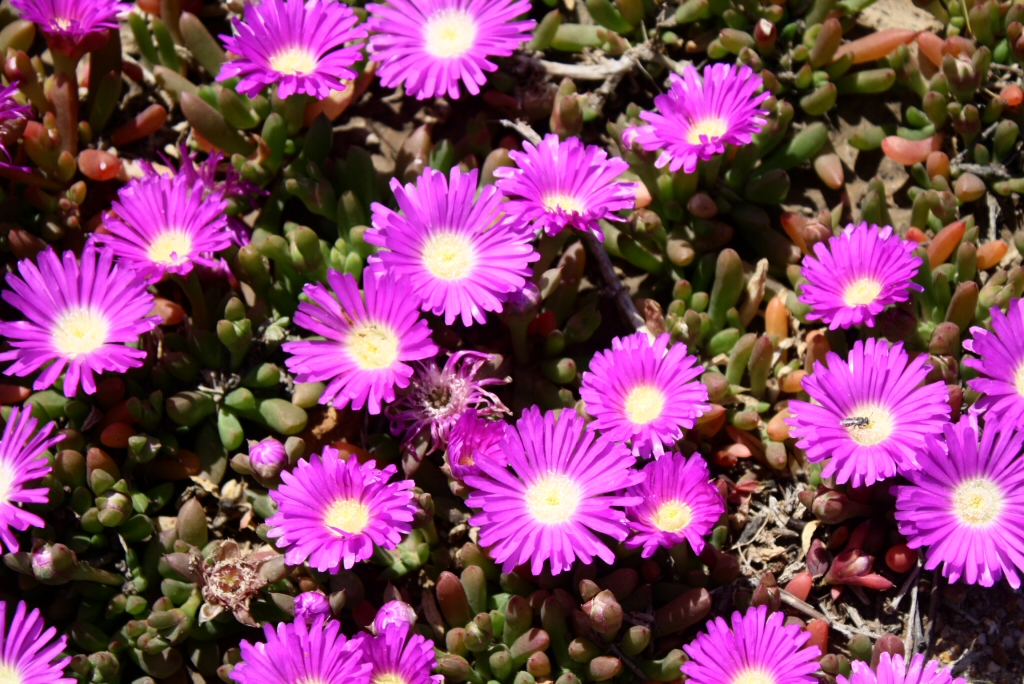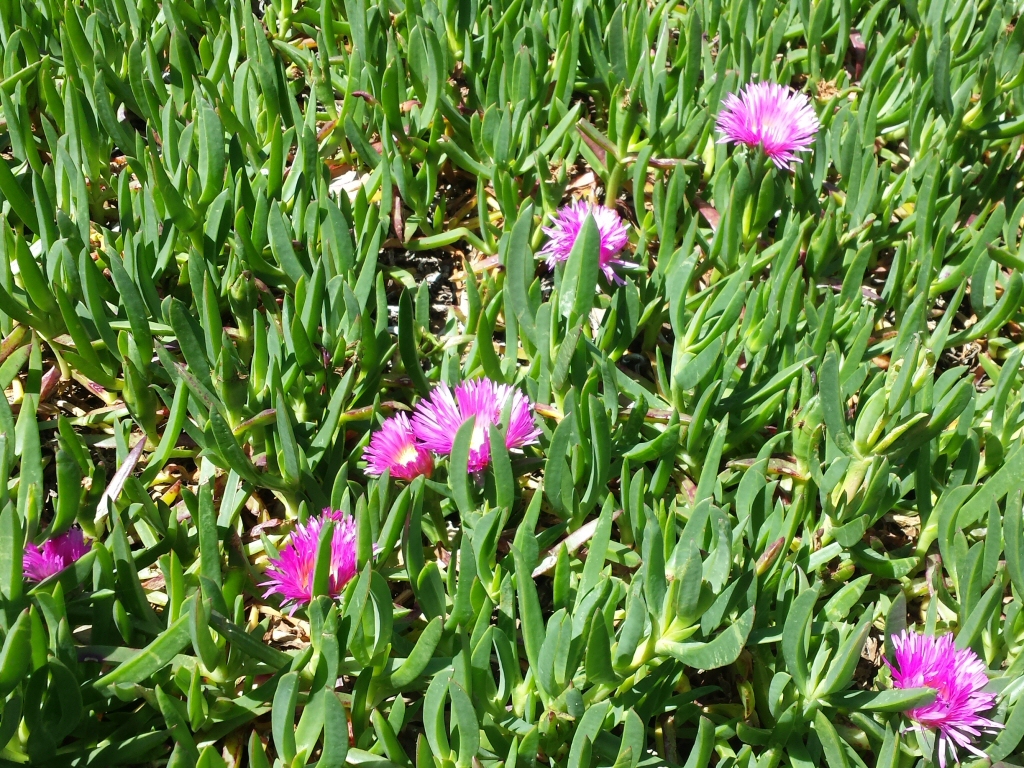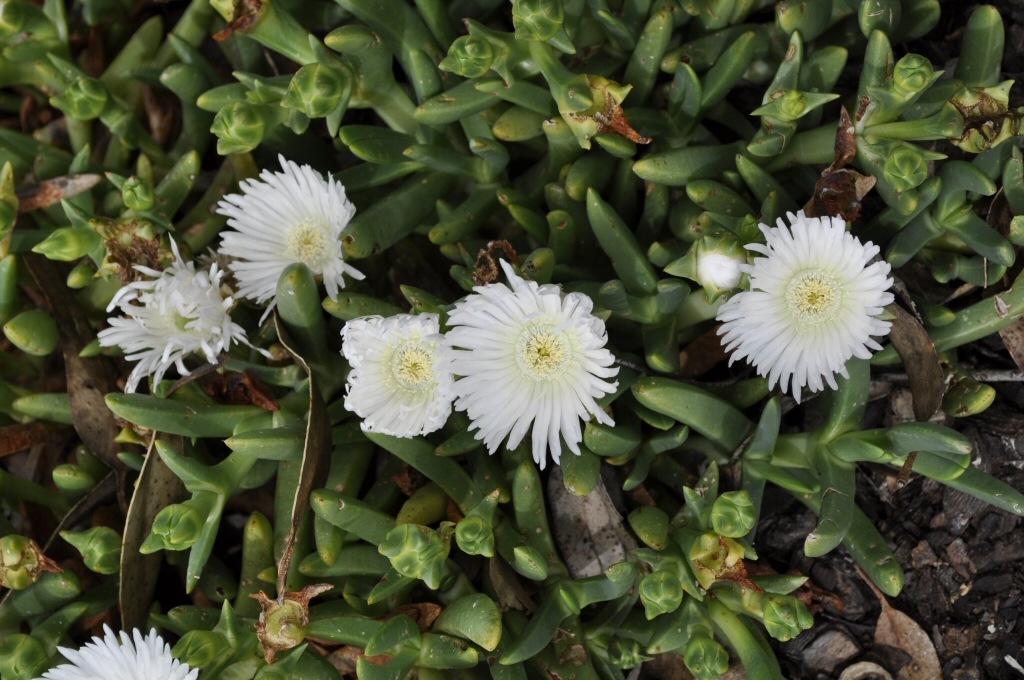When it comes to low maintenance plants for the garden and pots, succulents are perhaps the ultimate. These wonderful ornamental plants have been rising in popularity for a number of years not only because of their strong constitution, but also due to the simple beauty and incredible diversity of their foliage. Succulents belong to a wide range of plant families, but the thing they all have in common is their swollen, juicy, water-storing leaves and stems that allow them to survive in their dry natural environments in conditions that would kill many of the plants that we grow in our gardens.
Perhaps the most appealing thing about succulents is their ability to grow under conditions that we would normally consider to be neglect. Being mainly from desert environments they can go without water for extended periods of time, even when they are in pots, though you will find that a small amount of care will make them thrive.
When it comes to growing succulents they generally prefer lots of light either in an outdoor position or, if they are indoors, a well lit window spot. Good air circulation is also helpful and a bank or rockery provides ideal conditions for succulents.
How to water succulents
While succulents can go for long periods without water and still survive, they will perform better if they are watered during their growing season in spring and summer. It is important to not overwater though, as they are adapted to lower water levels, so allow the soil to dry somewhat between waterings. Less water in cooler conditions is a must to prevent rot.
Fertilising succulents
They are not heavy feeders and a teaspoon of general-purpose slow release fertiliser around the base of the plant in spring can be used, though experience is proving that a better way to feed succulents is a regular dose of the run off from a worm farm (worm tea), diluted if needed. Worm tea watered on regularly gives a more gentle feeding to these thrifty plants rather than the bigger dose of nutrients form packaged fertilizer. It also encourages natural bacteria which help plant roots.
The best soil for potted succulents
For container culture, a well-drained potting mix is ideal and combining a general purpose potting mix with an equal amount of coarse sand can create this. Good drainage is a must for succulents, so avoid using saucers under your pot. If you need a saucer to stop run off, then add some pebbles underneath the pot so that it is not sitting in water.
Agaves
The bold sword-like foliage of this group creates dramatic vertical accent in the garden. They vary from 30cm to 6 metres in diameter and all sizes in between so there is an agave suitable for any sized garden. The foliage is perhaps the most dramatic part of the plant and this can vary form grey to various shades of green as well as bicoloured variegations if that is your cup of tea. An additional bonus is the beautiful spikes of creamy bell-shaped flowers that are occasionally produced. They are tough plants unless they get rot from too much water.
Once an agave is large enough, it will produce miniature versions of itself on the stem. These are known as pups, and they can be removed when they are large enough to handle and planted out to propagate. Water when they get dry and they should form roots and begin growing into a new plant in a few weeks.
Aloes
These plants vary from small clumping species to larger shrubby types with perhaps the best known being Aloe vera which has long been grown for the medicinal properties of its sap as well as having a rather ornamental form. Of the other aloes, many have masses of tubular flowers that come in various warm colours and are great bird attractors of nectar feeders such as honeyeaters. Greyish green foliage is another attractive feature of many aloes that adds year round interest to the garden, and they can have contrasting colours and spots too.
Crassulas
The jade plant (Crassula portulacea) is the best-known plant in this group and is a sculptural shrub with small shiny green leaves with attractive red margins. Watch out for some of the other interesting crassulas such as the propeller plant (C. falcata), which has wonderful silvery grey leaves about 10cm long in an ornamental geometrical arrangement (a feature of many succulents grown for their foliage).
Echeverias
These are beautiful rosette-forming plants that often have silvery leaves spiralling around in intricate patterns. An added feature of the leaves is often a tinge of purple or red on the margin. Add to this the dainty tubular or bell-shaped flowers in red, pink, yellow or white with a compact growth habit and you have almost the perfect pot plant for a sun-drenched patio.
Portulacas
If you are looking for colourful succulents then you cannot surpass the annual Portulaca grandiflora. It comes in a wide range of almost iridescent flower colours including many different shades of red, yellow, pink, orange and white. They produce flowers for many months during spring and summer and are perfect for harsh environments such as a sun-baked driveway or rockery. Purchase them in punnets from your local nursery and plant them in early spring for maximum enjoyment.
Sedums
These are also known as stonecrops and there are hundreds of different types in cultivation with a wide variety of interesting foliages, both in terms of form and colour. The donkey’s tail (S. morganianum) is probably the best known with its long weeping stems crowded with silvery grey leaves being ideal for hanging baskets and balcony plantings.
Other sedums take on small shrub forms and many have attractive star-shaped flowers massed above the foliage such as S. telephium.
Disphyma
A really useful Australian native low growing succulent. It will grow on many different soil types, from sand to clay, saline and poor soil. A good ground cover, useful for stabilising soil, it has silky pink to purple large flowers during the warm months. It is frost tolerant. The leaves are edible too.
Carpobrotus
Another Australian native which is a creeping ground cover. It has upright pointed fleshy leaves and purple, pink or white large flowers. It will form roots at each node, making it a good stabilising plant for difficult situations like pure sand and hot dry banks. Carpobrotus will also take some frost exposure. Both the leaves and the ripe fruit are edible.
We have covered some of the most popular succulents above, but it should be said that this barely scratches the surface. A fantastic book for those wanting to explore some of the more unusual as well as the more popular varieties is Succulents for the Contemporary Garden by Yvonne Cave (contact: Florilegium Books 02 9571 8222).

